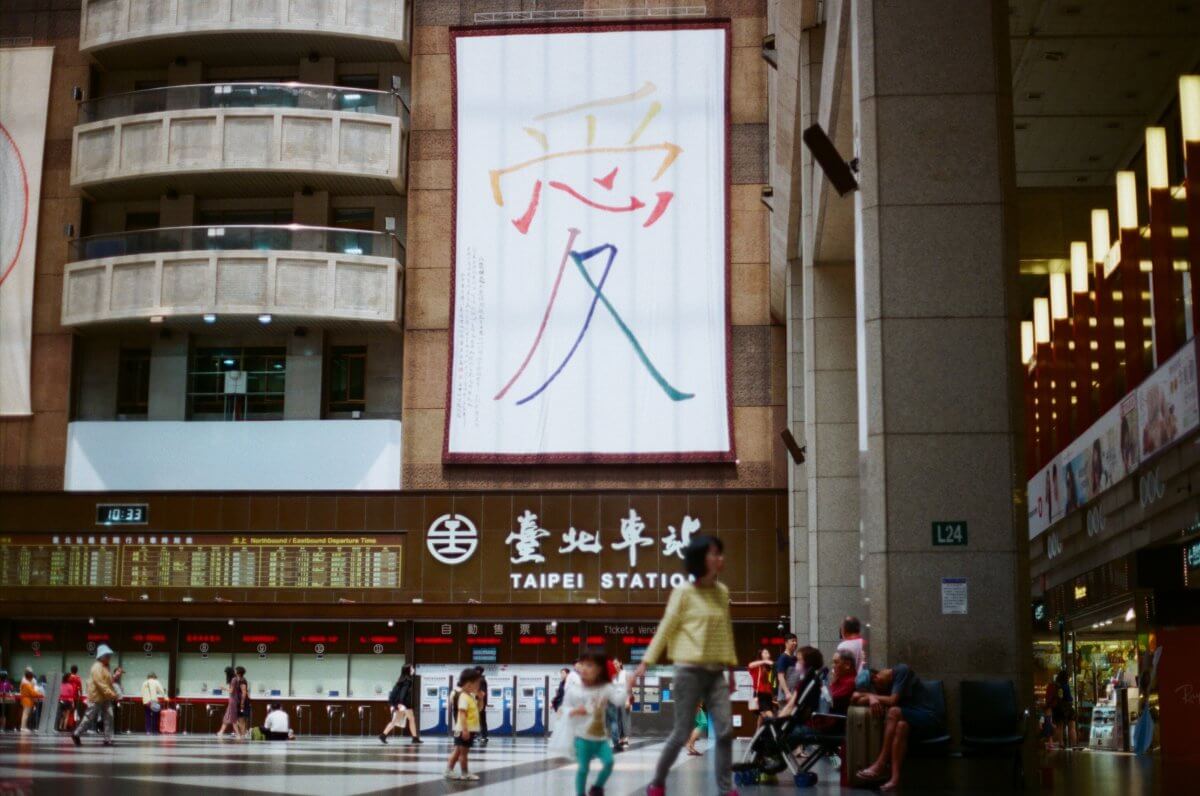East and West, Liberal Arts and Science, sense and sensibility. A born Libra always weighing her choices, Boya finds it important not to jump to conclusions. A previous foreign correspondent for a Chinese newspaper, Boya is now a second-year Master of Business Information Systems student at the ANU. In this column, she puts observations of cross-cultural phenomenon into perspectives.
‘East is East, and West is West, and never the twain shall meet.’ I first heard this quote not through Rudyard Kipling’s ‘The Ballad of East and West,’ but from an English Speaking competition held in China when I was in year six.
The national winner of that competition, Mr Rui Chenggang, a student studying at the China Foreign Affairs University at the time, struck a note with judges by arguing how wrong Kipling was: ‘a century later, the east and west have met in business, education, and art.’
For a long time, I thought it was a clever and politically convenient argument – the past century has seen unprecedented globalisation. Many confrontational views of the relationship between the East and West are now dismantling.
I didn’t have a chance to read Kipling’s work until fairly recently when I found out that Mr Rui had actually misinterpreted his words. Following ‘never the twain shall meet’, Kipling wrote ‘there is neither East nor West, Border, nor Breed, nor Birth.’
It turns out that the British author was relating to his own experience in Asia by describing how an English officer and an Afghan horse-thief Kamal discovered friendship by respecting one another’s courage and chivalry.
It was an interesting discovery. Although I pondered this quote for a long time, I came to understand the true meaning of Kipling’s. Nevertheless, the myth about the actual relationship between the East and West, in my mind, has not diminished. Instead, it is exacerbated by anti-globalisation sentiments and a resurgence of racism that we’re seeing more frequently.
Indeed, when Mr Rui talked about globalisation in his speech in 1998, he spoke of the ‘honeymoon period with the West when the low-hanging fruits of globalisation are only beginning to make themselves available.’
It took less than a decade for people like him to find problems with the rosy picture of globalisation. Harmonisation is difficult: the East and West are expected to meet and work together.
In 2007, Mr Rui, who then became a well-known bilingual news anchor for the state TV station, criticised the presence of a Starbucks shop at the Forbidden City in his blog. He said that Starbucks invaded a site of Chinese heritage and that this was a negative influence of globalisation.
Rui’s comment is a poignant reminder of what he dismissed ten years ago of the risks of an identity crisis in globalisation.
Fast-forward to the problems that we are seeing today, such as rising trade protectionism, a surge of nationalism in both the East and West. The willingness to meet between the East and the West is so fragile that it starts to wear thin in times of economic difficulties. The question that lingers in my mind is: where is the sweet spot of infusion between the East and the West?
I doubt that I would subscribe to any side of the argument on globalisation. Cultural conflicts will occur if the East and West do meet. Can they meet productively and graciously? Or will the future will be characterised by cultural conflicts?
It appears to me that different civilisations do eventually work their way into each other through migrants and trades. However, it will take a lifetime if not several generations, for cultures to merge. Once that is done, a complete conversion (naturalisation) will also mean losing the majority art of one’s original identity.
I’ve heard so many stories of how American born Chinese kids grow apart from their parents because the kids find themselves having to choose between rejecting their Chinese identity or conforming to Western culture.
In a revealing TEDtalk titled ‘I’m not your Asian Stereotype’ by Canwen Xu, she, as an 18-year old Chinese-American felt the need to reject her identity to feel integrated in the States. She spoke about how she eventually found it was not right to completely lose her attachment to her Chinese origins.
Canwen said at the end of her speech, ‘I’m proud of who I am, a little bit of American, a little bit Chinese, and a whole lot of both.’
Canwen was brave and lucky to find her sweet spot between the East and the West. For others in today’s globalised world, the possible sweet spot between the East and the West is found when we keep our identities and make an effort to live with a growing awareness of the other.
I see no other way around this.
We acknowledge the Ngunnawal and Ngambri people, who are the Traditional Custodians of the land on which Woroni, Woroni Radio and Woroni TV are created, edited, published, printed and distributed. We pay our respects to Elders past and present. We acknowledge that the name Woroni was taken from the Wadi Wadi Nation without permission, and we are striving to do better for future reconciliation.
